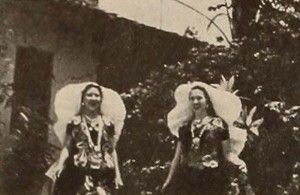
"In producing Mexican Fiestas, the Hiram Percy Maxim Award winner of 1938, Ralph E. Gray has written a triumphant climax to his sympathetic and beautiful studies of Mexican life. Last year, in the Ten Best winner, Primitive Patzcuaro, he trained his camera quietly but observingly on the small scope of a single village. This year, in the dynamic sweep and action of Mexican Fiestas, Mr. Gray has ranged the length and breadth of Mexico to record with amazing vitality the thrilling ceremonies of a people at play. Here is an authentic documentation of religious and quasi religious holiday customs, both pagan and Christian. Here the simple mind of the Indian peasant interprets history and theology in his own colorful and often childlike idiom. Here, in the words of the film's own preface, "brave fireworks still exorcise the Devil; bright costumes do honor to the Diety, and exciting dances revive in antic splendor the ancient folklore of Aztec, Moor and Spanish Christian. To this striking and turbulent subject matter, Mr. Gray has brought a photographic skill which but rarely returned him anything less than perfection. The film's episodes, well edited and shrewdly titled, march smoothly onward to an amazing climax of pageantry and beauty. Important as a document of ethnologic value, entertaining as a drama of people at play, Mexican Fiestas is a worthy winner of the Maxim Award for 1938." Movie Makers, Dec. 1938, 596-597.
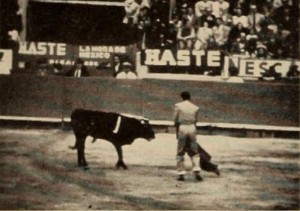
"It takes Cal Duncan 1300 feet of 16mm. color film to tell a pair of politely uninterested guests how he caught a sailfish off Acapulco — but the effort, as exemplified in Mexican Malarkey, is decidedly worth it. Mr. Duncan's running gag, climaxed by a truly comic finish right out of the funny papers, is the flashback technique developed to a high and satisfying order. His Mexican footage itself is no less effective. The robust and hearty producer has an artist's eye for fresh viewpoints, a dramatist's instinct for revealing action. His sequence on Mexico's traditional Sunday bullfight, always a difficult assignment, is outstanding. Mexican Malarkey is a refreshing variation on an increasing wellworn theme." Movie Makers, Dec. 1949, 454.
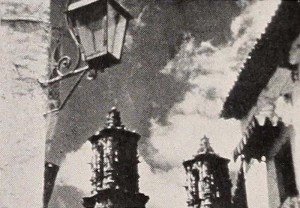
"Mexican Silhouette, conceived as a gamble, has grown up to glory. After but a few years of average movie making experience, Clement K. Chase — as with so many — felt an irresistible urge to attempt, in one film, a concentration of all his accumulated skill and experience. He turned to a subject he knew with intimacy and affection, and Mexican Silhouette was the result. It is a splendid educational and general interest study, divided flexibly into three main sections — Mexico, D. F., Mexican Agriculture and Mexican Cities. To these subjects, Mr. Chase has brought a mature photographic skill, marked by tripod steadiness, stimulating compositions and a dramatic feeling for the use of filters. Well titled in the original silent version, the film is now being distributed commercially in both sound and silent editions." Movie Makers, Dec. 1939, 633.
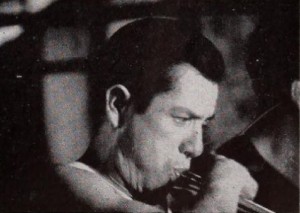
"Having forsaken the good land of tequila for the gypsy life of a trailerite, Ralph E. Gray presents what may be the last in a long line of distinguished human record films on America's southern neighbor. Mexico At Work And At Play displays recurrently in its many and varied sequences the opulent camera work and warm eye for color which have marked all of Mr. Gray's award winners. Mirrored in the present movie are such native occupations as sugar cane farming and mescal distilling, such handicrafts as glass blowing and opal polishing, such diversions as cock fighting and an Easter Passion Play. Mr. Gray's treatment of these and other colorful subjects is leisurely, loving and methodical." Movie Makers, Dec. 1948, 494.
"The Midnight Sun is a motion picture, done in time lapse, of the path of the midnight sun in Norway from early afternoon until the following morning. It has been shot many times in still pictures, but this may be the first time it was ever shot by an amateur in time lapse on motion picture film" PSA Journal, Sept. 1966, 35.
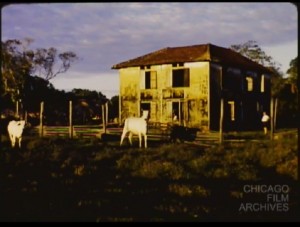
"2 part edited travelogue film of the people and customs encountered in towns along the Amazon River in South America. Part one includes landscapes, a variety of housing from towns to shacks along the river, people selling goods, trapping and selling exotic animals, herding cattle, boating, and a religious ceremony." Chicago Film Archives.
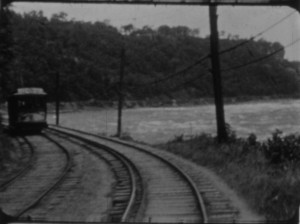
"Leslie P. Thatcher offered a well edited picture in 'Mighty Niagara' with a preponderance of good photography." American Cinematographer, Dec. 1933, 342.
"Made by F. D. Koehler, jr., ACL, The Mississauga Canoe Trip is a fine example of what the movie maker can accomplish on a hunting trip in capturing a picture that has both good photography and an interesting story presentation. The fact that a tripod was added to the duffel did not daunt this cinematic hunter, and the result is refreshingly rock steady pictures that leave nothing to be desired. Perfect exposure, for the most part, and some excellent lighting show that the maker had an eye for the essentials of good picture making. A knowledge of what makes a good screen picture is demonstrated in the many effective closeups throughout the film. An excellent job of amateur titling is another feature that places this film in a high category for vacation films." Movie Makers, Dec. 1934, 534.
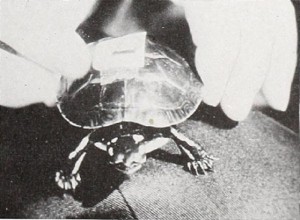
"Frank E. Gunnell has used a novel continuity motif in Mohawk Pals that ties together what otherwise would be a rambling film story. Two boys are shown doing their "homework," and the final assignment is to write a composition on vacations. The film then pictures the summer adventures at Lake Mohawk of the two boys and a girl of similar age. From time to time, there are inserted shots of the boys writing, and sentences from their compositions are cleverly double exposed at the bottom of the frame, to serve as subtitles for the film. The cinematography is immaculate, and the youngsters appear without self consciousness in their various pursuits of fun on a summer vacation." Movie Makers, Dec. 1944, 496.
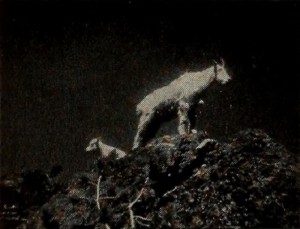
"Ralph O. Lund, whether he knows it or not, has adopted the same narrative technique used earlier in a nature film (The Gannets) whereby one of the wild creatures being pictured becomes the narrator. In Monarchs of the Mountain Tops, Mr. Lund's "Pete Smith" is an agile and bewhiskered mountain goat. His recurring comments enliven considerably the producer's study of the flora and fauna of Glacier National Park." Movie Makers, Dec. 1953, 334.
Total Pages: 37